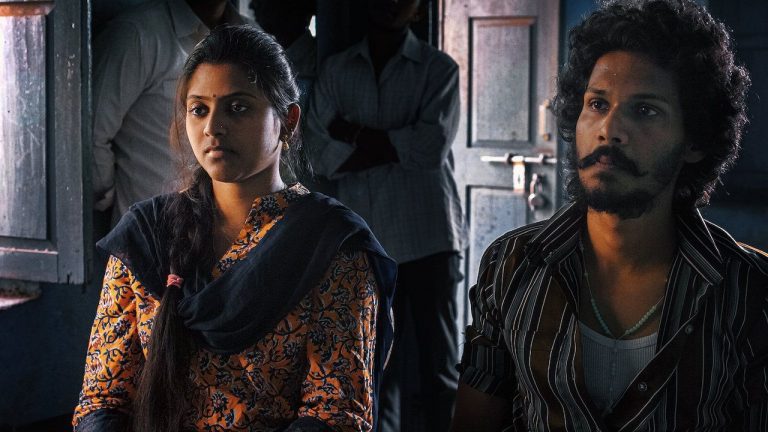Netflix’s Hijack ’93 is a riveting new release that dramatizes a true incident from Nigerian history—an audacious hijacking that shook the country in October 1993. Here’s a closer look at the real-life events that inspired the film and the reasons this act of defiance is remembered by some as heroic.
Political Turmoil in Nigeria: The Road to Hijack ’93
The hijacking of Nigeria Airways Flight 764 came during a period of intense political unrest in Nigeria. In the 1980s and 1990s, the nation experienced a series of coups that undermined its democracy, as military leaders claimed power time and again. In 1993, a hopeful shift seemed on the horizon as Nigeria held its first elections in over a decade. Chief Moshood Kashimawo Olawale Abiola, a leader of the Social Democratic Party, won by a landslide, but the military government annulled the results, claiming security risks. This decision ignited mass protests, as the Nigerian people feared the election’s annulment signaled an indefinite era of military rule.
The Teenage Hijackers: Driven by a Desire for Democracy
On October 25, 1993, four teenage boys—Richard Ajibola Ogunderu, Kabir Adenuga, Benneth Oluwadaisi, and Kenny Rasaq-Lawal—boarded a Nigeria Airways flight from Lagos to Abuja with a shocking plan. Belonging to the self-styled Movement for the Advancement of Democracy (MAD), they smuggled fake guns and a few liters of fuel onto the aircraft, aiming to seize control. Although young and relatively inexperienced, their objective was firm: pressure the government to reinstate Abiola as the legitimate president of Nigeria. Their demands included the return of embezzled state funds and the reopening of closed newspapers and universities.
Within moments of takeoff, the teens entered the cockpit and confronted the pilot. Brandishing a fake gun, Ogunderu, the group’s de facto leader, ordered the plane to be diverted. The hijackers quickly issued statements to passengers, declaring the takeover an effort to restore democracy. The aircraft, however, did not have enough fuel to reach their intended destination, Germany. Instead, the pilot rerouted to Niamey, Niger, where armed forces awaited the plane on the tarmac.
A Four-Day Standoff with Tragic Consequences
The tense standoff lasted four days, during which the hijackers threatened to ignite the aircraft if their demands were ignored. Negotiations ensued, and the hijackers initially released women, children, and foreign officials, including the Chinese Vice President, while retaining Nigerian government employees and the flight crew as bargaining chips. In a final attempt to resolve the situation, police forces stormed the plane on October 28, leading to a deadly confrontation that claimed the life of crew member Ethel Igwe and left Ogunderu injured. The hijackers were arrested and later served nine-month sentences in Niger.
Aftermath and Legacy: Remembered as Heroes?
Though their act ultimately failed to prompt immediate political change, these teenagers are regarded by some Nigerians as unlikely heroes. Their determination, despite their youth and limited resources, struck a chord among many citizens frustrated by years of oppressive military rule. In interviews over the years, the hijackers have maintained that their actions, though extreme, were fueled by a genuine desire for democracy and freedom. One hijacker expressed regret for Igwe’s death, emphasizing their opposition to Nigeria’s violent, authoritarian government.
In Hijack ’93, Netflix brings this historical event to life, portraying not only the drama aboard the flight but also the socio-political issues that fueled the hijackers’ motivations. The film reflects the intense desperation of young Nigerians who sought to push back against an unjust regime, capturing the dark yet compelling dynamics of the hijacking. Now streaming, Hijack ’93 invites a global audience to explore the harrowing and complex legacy of the 1993 hijacking—a bold but tragic attempt at inspiring change during one of Nigeria’s most volatile periods.






